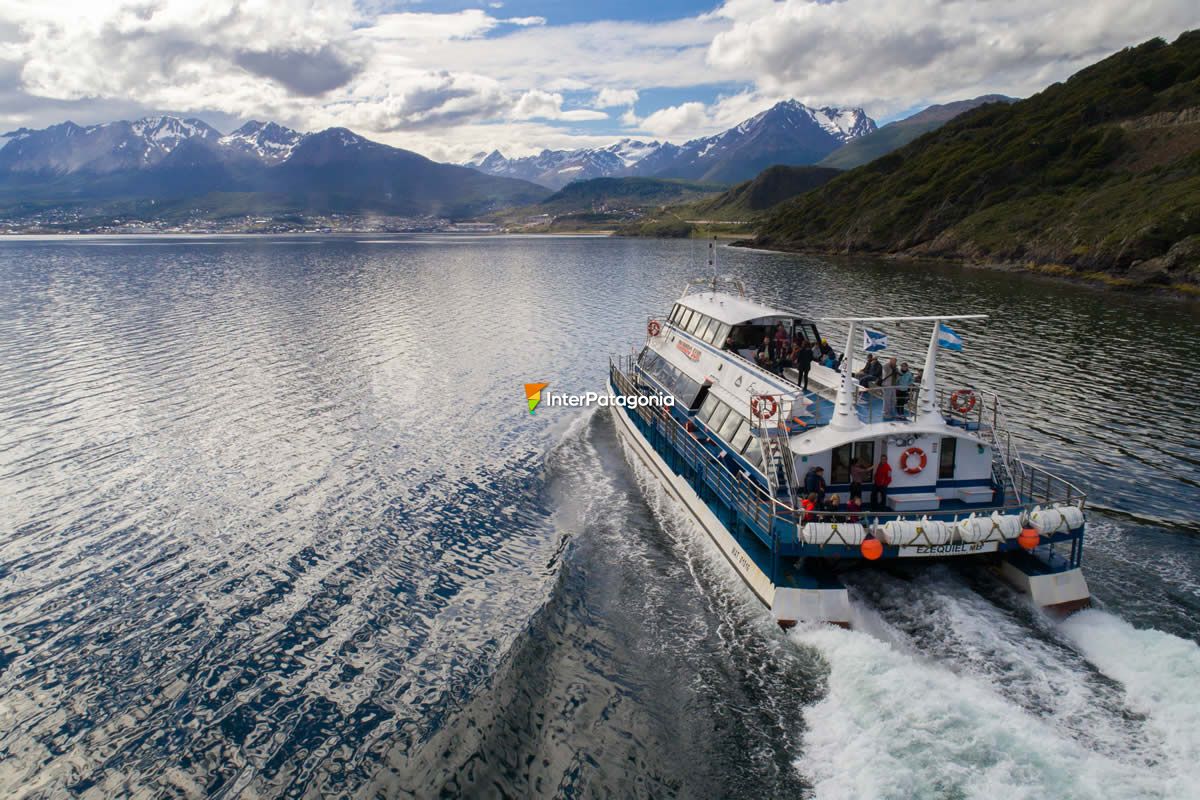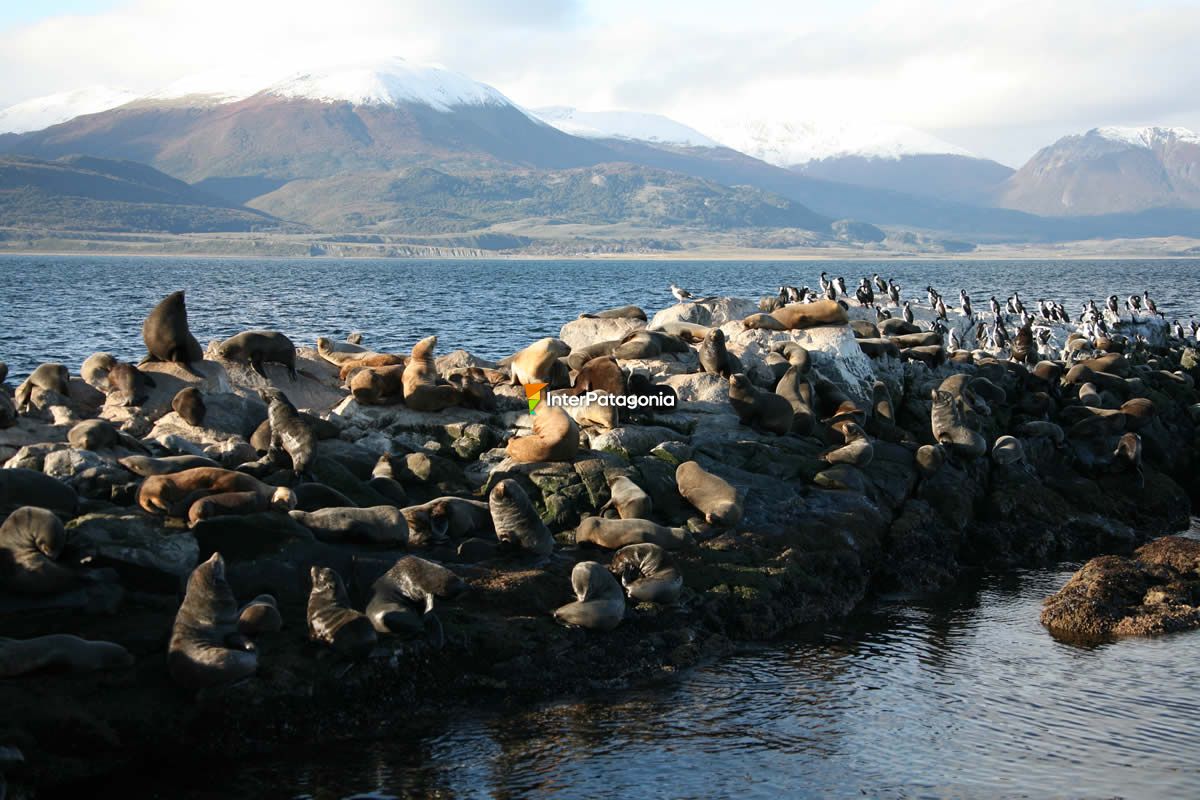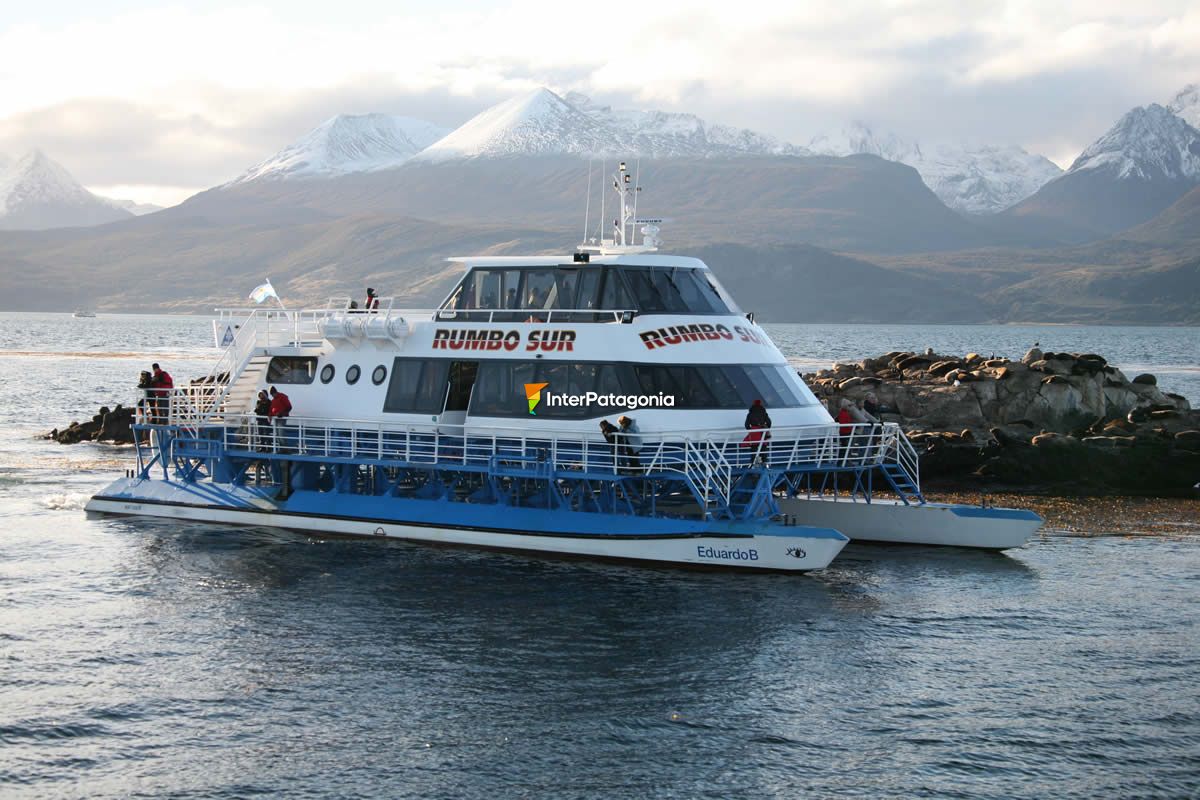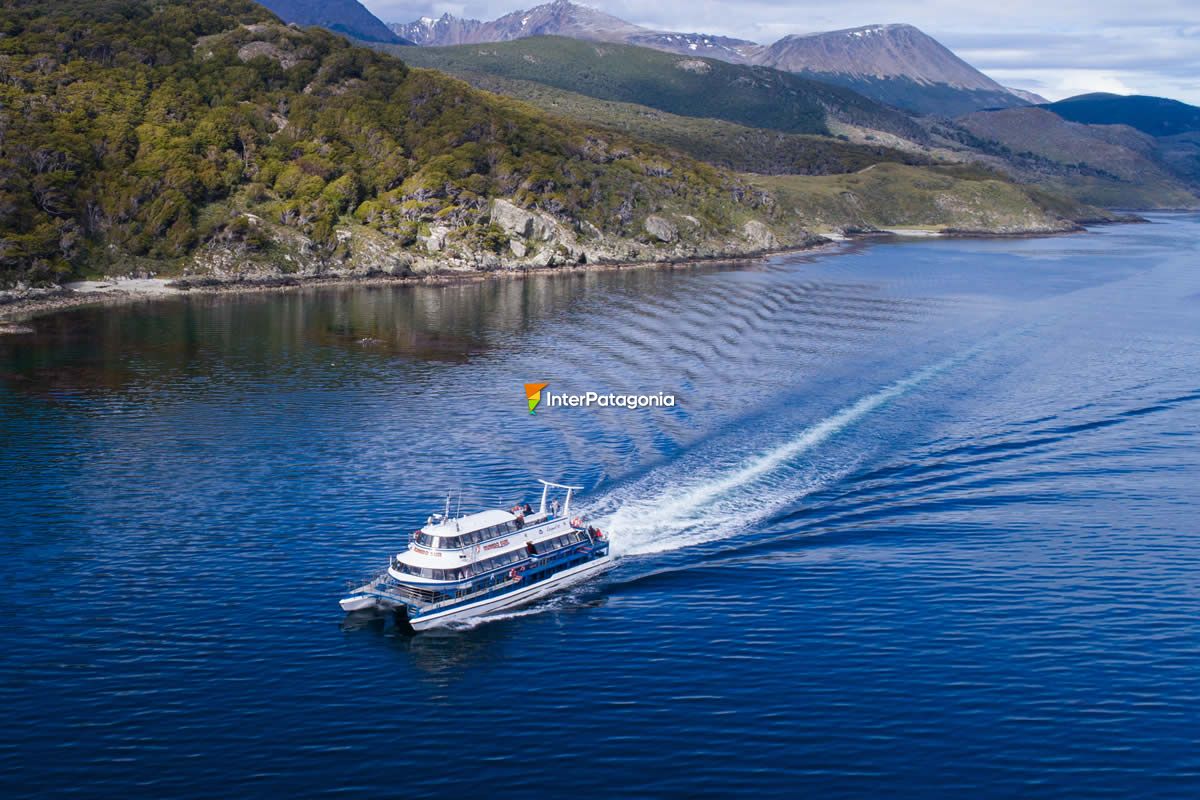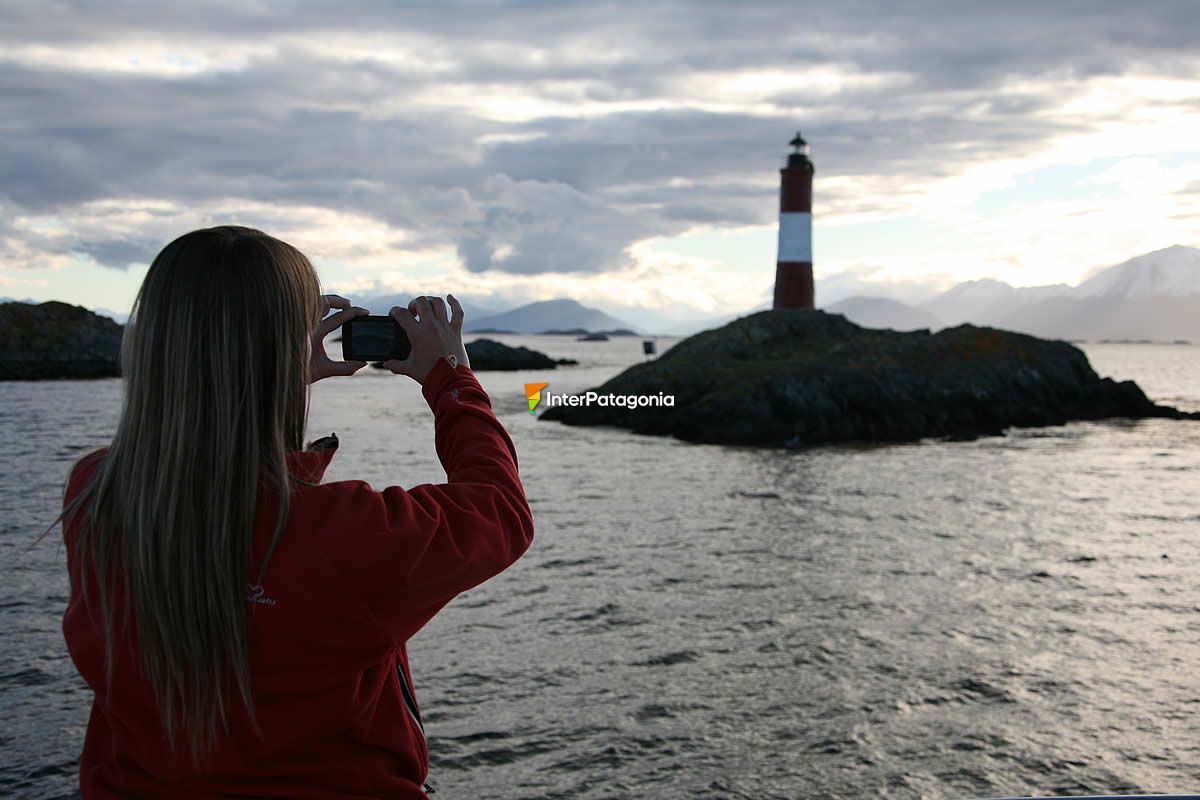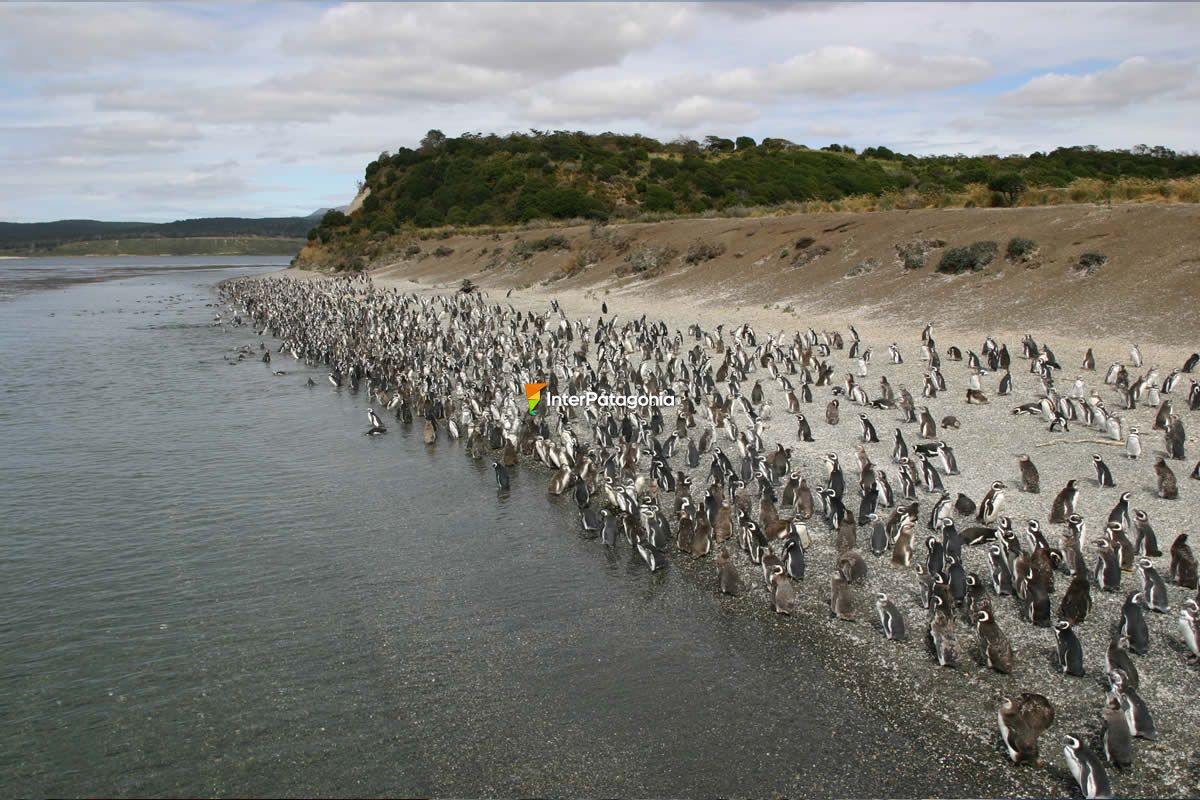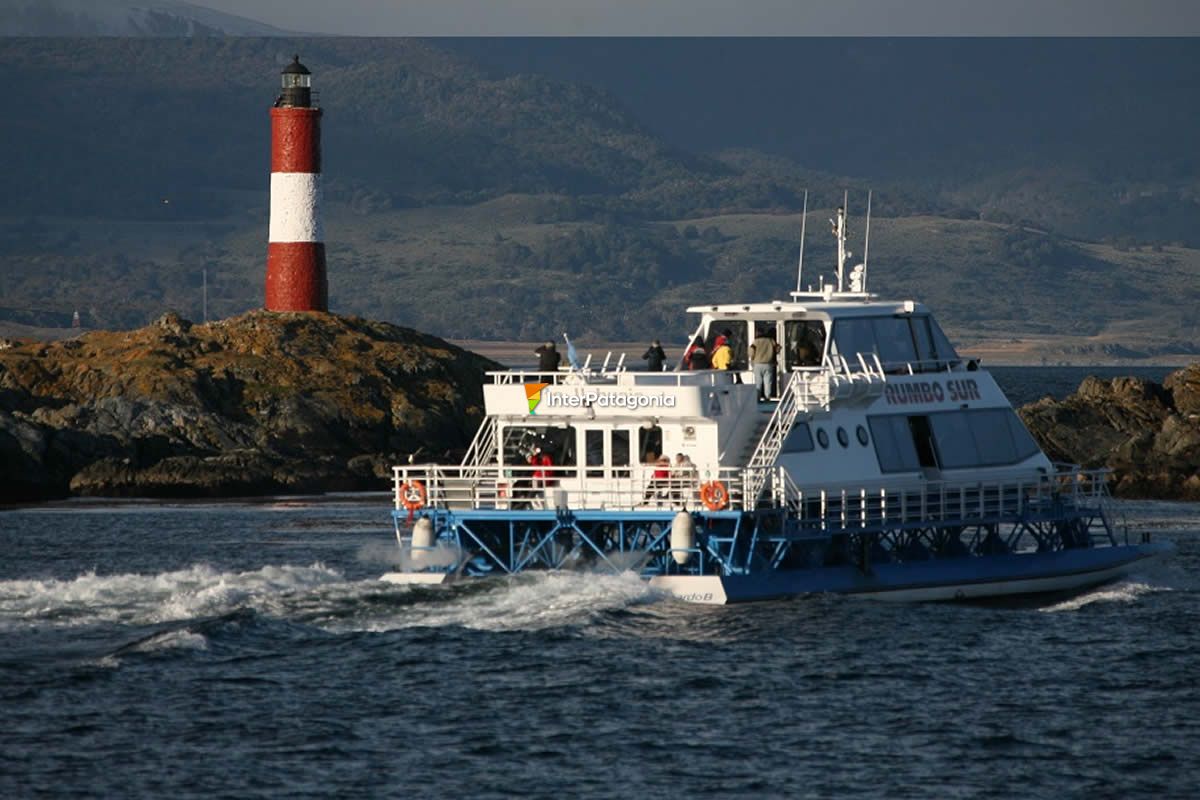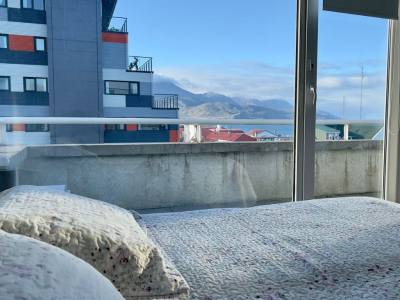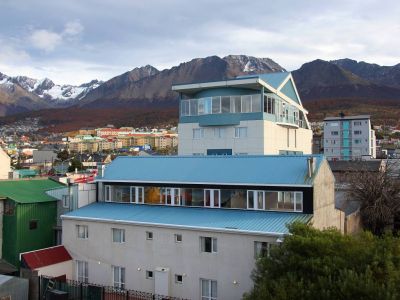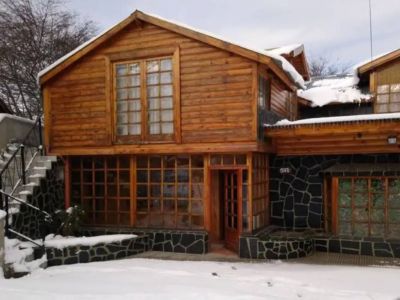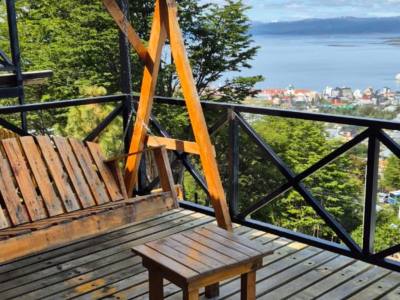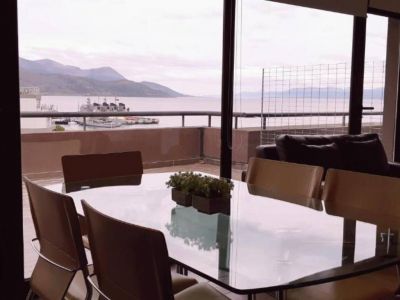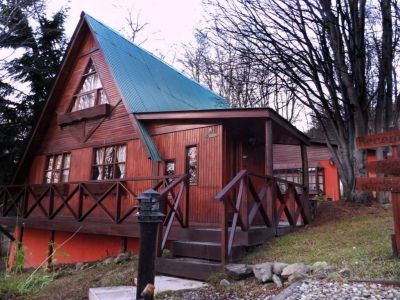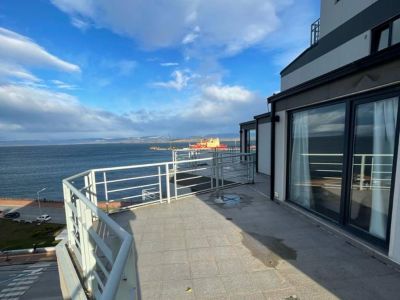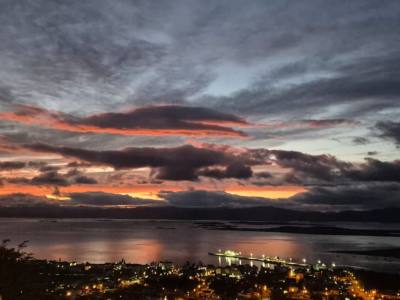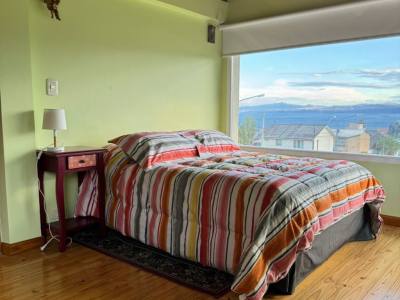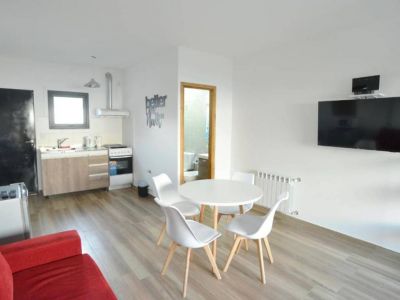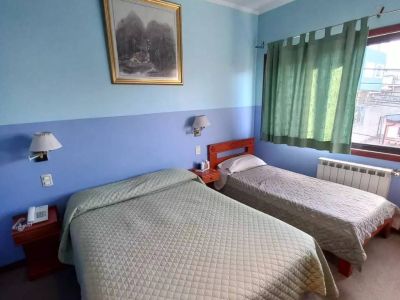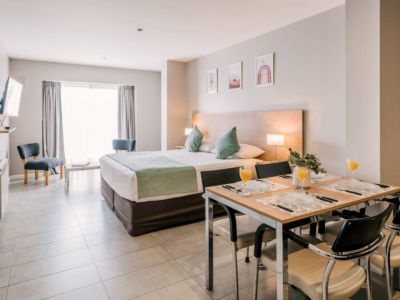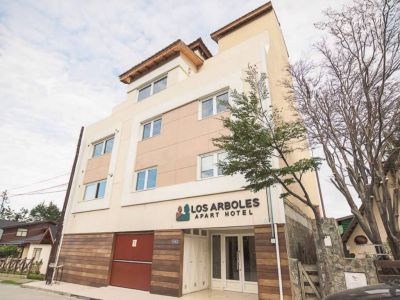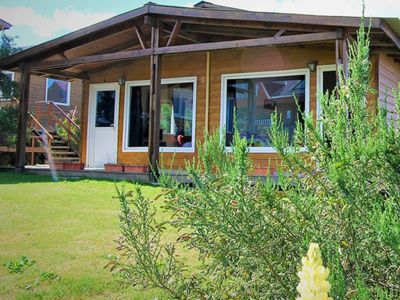From the Eduardo Brisighelli dock in Ushuaia depart several excursions to navigate the Beagle Channel and its numerous archipelagos. Precisely, from the modern boats you can enjoy all the extraordinary landscape.
Beagle Channel Navigation
If weather conditions permit, hikers can disembark on Mary Ann Island, the third largest island in the Bridges archipelago, and do a small trekking. In spring and summer, the routes can be extended a little longer and reach the penguin colonies on Martillo Island. In addition to seabirds and colonies of sea lions, Hammer Island has a large penguin, where the dominant species is the Magellanic penguin or also called the Patagonian penguin. These species nest on the islets of Tierra del Fuego, where the muddy and soft earth, with high values of organic matter, allows them to build optimal caves such as nests, to then migrate northward in winter. Another species that adopts Martillo Island as a breeding colony is the Papua penguin. Each year this colony grows a little more. The walks that reach the penguin can be extended a little and thus know the Estancia Harberton and its history linked to the first white settlers. Its founder was Thomas Bridges, an Anglican missionary who arrived in Tierra del Fuego in 1863, after spending some years in the Falkland Islands. His work extended not only to native peoples but also to the care of orphaned children. Thomas Bridges received a donation of land from the National Congress and there he founded his stay in 1886. The name comes from the hometown of his wife Mary Ann Varder, in Devon, England. Today the main objective of the stay is tourism. Receive visits from October to March. Isla de los Lobos navigation: all year. Isla de los Lobos and Pingüinera navigation: from October to March, every day. Isla de los Lobos, Pingüinera and Estancia Harberton navigation: from October to March, on Tuesday, Thursday, Saturday and Sunday.
Miriam Coronel
Interpatagonia.com
